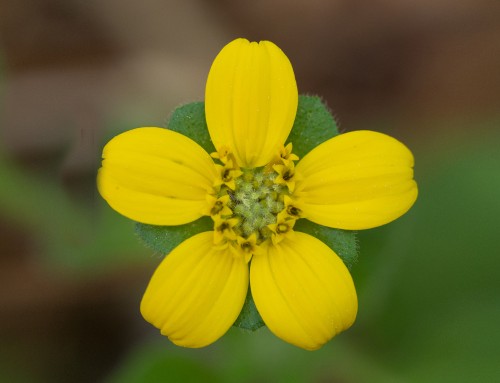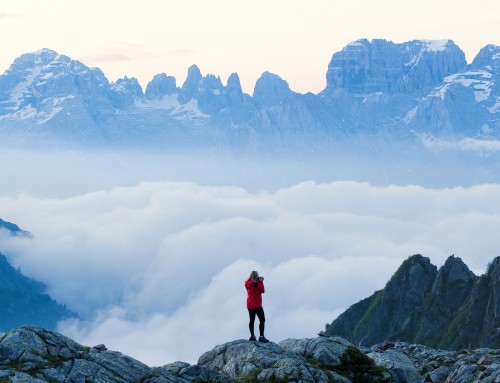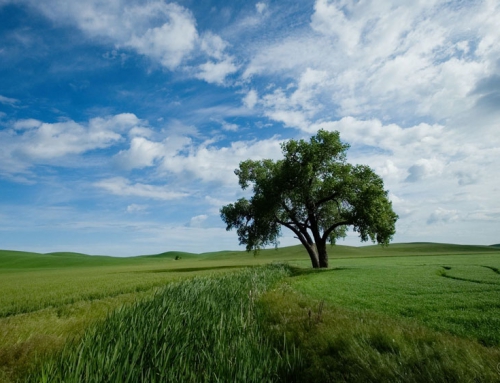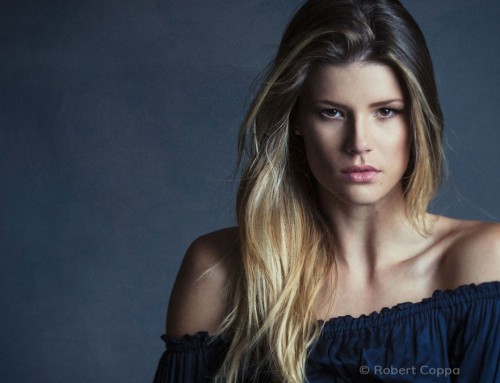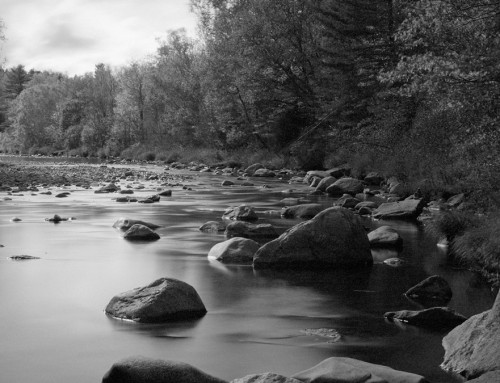Learn how to organize files in Exposure using the tag, filter, sort, and search tools.
Photo: Hiram Trillo
Transcript
It’s easy to find a specific photo in a library of organized images. Categorizing images is an essential part of keeping organized. Classification systems can get complex but flags, star ratings, and color labels make searching through a library of images simple.
Pick and Reject Flags
Flags are useful for culling. Photos start out unflagged, and can be flagged as pick or reject.
Click the flag icon on the photo to mark the image a pick. Click it again to reject it. Clicking again removes the flag. To set a specific flag, right-click the flag icon and select from the menu.
The keyboard can be used to set flags on the selected image. Press the + key to flag as pick. Press – to reject. Press – again to toggle the flag off. Combine this with the arrow keys to quickly navigate around the grid flagging images.
Holding the shift key advances to the next image after a flag is assigned. While holding shift, press +. And it will open the next image.
Keyboard shortcuts and shortcut key combos are particularly useful for culling images. Zoom in to see the entire image by double-clicking. Then, use shift+ and shift- to quickly process the entire photo session.
There’s a full list of keyboard shortcuts on our website. The list is accessible from Exposure’s Help menu. Exposure’s keyboard shortcuts are all configurable, so they can be set to work with your preferences.
Star Ratings
Star ratings are for marking how strong a particular photo is. Exposure has a range of 0-5 stars.
Click the stars icons on the photo to set the star rating. Click it again to clear.
Star ratings can be assigned with the keyboard, too. Use the keys 0 through 5 to set that many stars on the selected photo. Pressing the 3 key assigns a 3-star rating.
Holding down shift advances to the next image with star ratings, too. Hold down shift and press 4 to move to the next image. Shift+2 for the next one, and so on. This method is helpful to cull huge shoots very quickly.
Color Labels
Color labels can be used to tag images for various activities. Use them to indicate which images are client picks, or which to use in an album, or for social media, or other needs.
There are five labels available – red, yellow, green, blue, and purple. Set a color label by clicking the label control on the photo. Cycle to the next color with each click. To jump to a particular color, right-click on the control and select from the menu.
It’s even easier to use the keyboard to set a color label. Press 6 for red, 7 for yellow, 8 for green, and 9 for blue. There’s no keyboard shortcut for purple in the default configuration.
Selecting Rated Photos
With ratings set, you can use them as selection criteria with shortcut keys. Hold down Option and press 4. This selects all 4-star images in the selected folder.
This also works with flags and colors. Press option and + to select all the images marked as picks.
Images can also be selected or deselected using other metadata. Select from a list of useful criteria to quickly narrow searching.
When choosing images in the grid, there are three behaviors of selection.
- Click to select an image.
- Shift+click selects everything between the currently-selected image to the next image that you shift-click on. This works great for selecting multiple images.
- ⌘+click toggles the selection on or off. Ctrl+click on Windows.
Apply these same selection commands to entire groups of images by clicking, shift+clicking, or command+clicking on the group headers.
Any selection can be inverted, which deselects all selected images and selects all unselected images. A simple example of this would be to select all images that are rated anything other than zero. First, select all images that do have a rating of zero, and then press ⌘+U to invert the selection.
Filtering Photos
You can filter the view so that only certain images are displayed. Setting a filter affects the current folder and subfolders as long as the include subfolders option is turned on. The filter controls are located on the toolbar below the grid. To filter your display to only show pick images, click the pick flag.
Click the pick flag again to turn the filter off, which will display all images, again.
Filters can be saved as workflow presets for use again later. Click the gear on the left side of the toolbar. Then, select ‘Save as New Preset’ from the menu.
To use a filter preset, click the gear icon and select it from the menu. Exposure comes with default presets, like the ‘Hide Rejects’ preset, which only shows images that are flagged or unflagged.
To clear the applied filter, press ⌘+O. Windows users press Ctrl+O.
Filtering by star ratings is a little different. Choose a number of stars and Exposure will show photos with that many or more stars. Click the comparison symbol to filter by the exact number of stars or the same number and fewer.
Clear the filter with ⌘+O, again. Ctrl+⌘ on Windows.
Next, filter by color labels. Click the red swatch on the toolbar to show only images with red labels. Add yellow labels and green labels, easily.
Select the key icon to apply a keyword filter.
Image metadata can be used to filter images from your view. A wide variety of criteria can be used, including camera make, model, lens type, exposure time, ISO, and more.
Personal info in the metadata panel like copyright, name, email, address, title can be used to filter images. Also, collections and keywords.
Sorting Photos
If you have a large folder full of images, it can be helpful to specify the order they appear. The filename is used to sort by default. Alternatively, categories like flags and star ratings can be used, or metadata like camera make or model, lens, capture time, and more.
When sorting by capture time, photos taken earlier are at the top and the latest captured are at the bottom. Reverse the sort order by clicking the arrows next to the sort menu. Now early images are at the bottom and later images are at the top.





